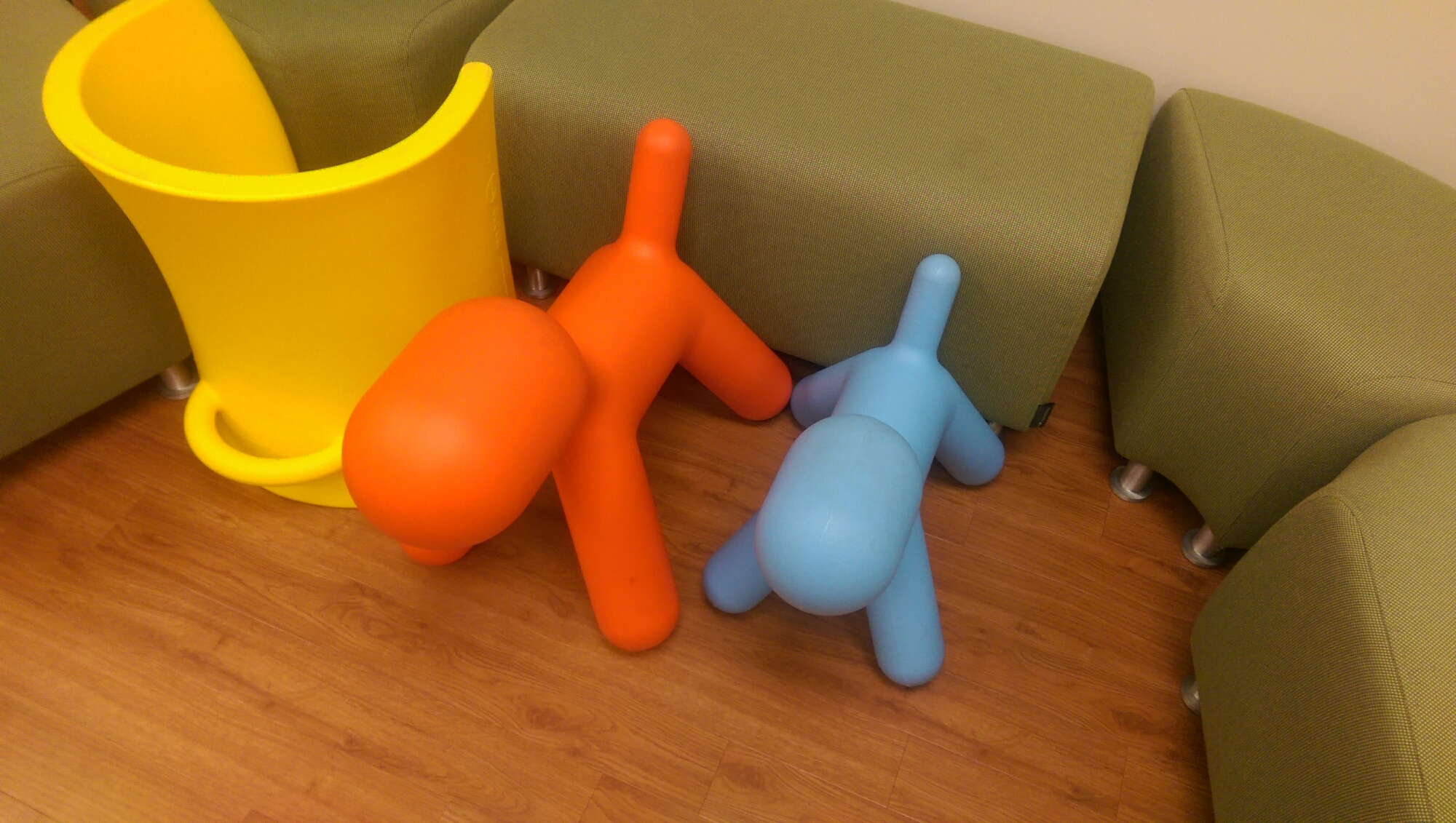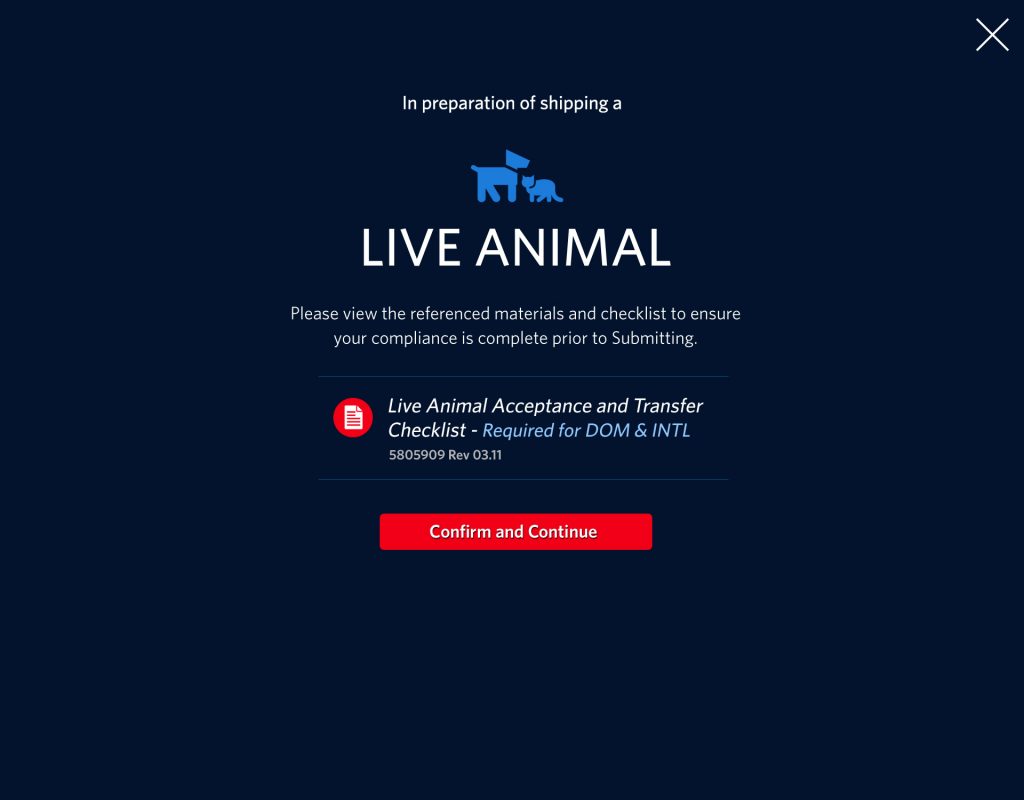- Industry: UX
- Consideration: An idea about how mental models inform us about the way we understand the world
- Role: Observer
- Outcome: Thoughts about how mental models have a much broader influence than just an understanding of a UI
In UX design, we frequently discuss the concept of mental models—our understanding of how users perceive and interact with a user interface (UI). Mental models are the internal representations that users form based on their past experiences and expectations. They guide their behavior and predict how a system should respond to their actions. However, mental models are not limited to digital interfaces; they also shape our understanding of the external world based on the continuous stream of information we receive every day.
One of the primary ways we construct these models is through our vision. Our eyes help us interpret an object’s characteristics, such as its shape, color, and texture, as well as its context within a given environment. But what happens when our mental model is challenged? How do we adapt to new information that contradicts our existing perceptions?
A Surprising Discovery: Revisiting Mental Models in the Real World
A recent experience in my doctor’s office offered me an unexpected lesson on the fluidity of mental models. For years, I had observed a collection of colorful toys in the waiting room. These toys, located in the children’s play area, were bright, with rounded shapes that made them appear playful, inviting, and soft. Their cheerful design conveyed a sense of comfort and safety.
Because I usually sat on the opposite side of the room, I never interacted with these toys directly. My mental model of them—formed entirely through visual cues—was that they were made of a soft, rubbery material. They seemed like they would have a pleasant tactile feel, reinforcing the calm and relaxed atmosphere of the doctor’s office.
But during a recent visit, I watched as a small child picked up one of these toys and dropped it on the hardwood floor. The sound it made—a sharp, loud bang—startled me. It was not the muted thud I had expected from a soft object but the harsh clatter of hard plastic. My immediate reaction was one of surprise, even disappointment. The toys were not what I had imagined. My mental model, based on years of observation, was instantly updated. The environment I thought I understood had changed in a small but significant way.
The Impact of Dissonance: Adapting to New Information
This minor disruption had a surprisingly profound impact on my perception of the space. What I had always perceived as a calm and comfortable waiting area now felt slightly tense. The hard, noisy toys became a source of potential disruption in what I had considered a peaceful environment. If I had handled the toys before, I would have known their true nature and prepared myself for the possibility of such a noise. Instead, I had to quickly adjust my mental model to accommodate this new information.
This experience made me wonder about the toy designers’ intentions. Did they consider the potential noise these toys could make when dropped on a hard surface? Were they aware that their choice of material could affect not only the child’s play experience but also the overall ambiance of a space intended for relaxation and calm? This leads us to an important consideration in UX design: understanding how our design choices impact user perceptions and interactions beyond the screen.
Mental Models and UX Design: Bridging the Gap Between Expectation and Reality
In UX design, understanding a user’s mental model is crucial to creating intuitive, user-friendly interfaces. When designing a UI, we need to align our design elements with what users already know and expect. For instance, if users are accustomed to certain navigation patterns or visual cues, deviating from these conventions can cause confusion and frustration. Just as my perception of the toys was based on visual assumptions, users form expectations based on their previous experiences with similar interfaces.
However, while aligning with existing mental models is important, we must also prepare users for moments of dissonance—those times when their expectations do not match reality. Just as I had to adjust my understanding of the toys in the waiting room, users must occasionally adjust their expectations when interacting with new or unfamiliar interfaces. The key is to minimize these moments of dissonance through thoughtful design that anticipates user needs and provides clear feedback to guide them through the experience.
Embracing Change: Designing for Flexibility and Adaptation
Our mental models are constantly evolving frameworks shaped by our experiences. As UX designers, we must recognize that users bring their own unique set of experiences and expectations to each interaction. Designing with this in mind means not only accommodating existing mental models but also preparing for and guiding users through change.
We should aim to create designs that are both intuitive and flexible, allowing for user growth and adaptation. This might involve providing clear visual cues, consistent interactions, and gentle guidance that helps users adjust when their expectations are challenged. It also means being mindful of the broader context in which our designs exist and how they might impact the user’s overall experience.
Conclusion: The Art of Balancing Familiarity and Innovation in UX Design
The experience with the toys in my doctor’s office served as a reminder of the importance of understanding and respecting mental models in both the digital and physical worlds. In UX design, our goal is to create experiences that align with user expectations while also being prepared to help users navigate the unexpected.
By balancing familiarity with innovation, and by designing with both clarity and flexibility in mind, we can create interfaces that not only meet user needs but also adapt to the inevitable changes that come with growth and learning. After all, change is the only constant. As UX designers, our role is to guide users through these changes, creating experiences that are as seamless, intuitive, and engaging as possible.



